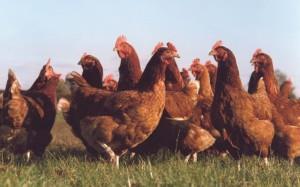Recent figures from UK surveillance bodies show a 17% decline in the number of laboratory reports of human cases of campylobacter in 2016.
The Food Standards Agency has used laboratory reports, as well as other factors, to estimate what level of decline in human cases could be achieved through work to reduce campylobacter in chickens.
Based on modelling, it is estimated that there are around 1,000,003 fewer human cases of campylobacter overall.

This meets the aims of The Food Standards Agency’s Board, of reducing the number of people getting ill from food poisoning.
Achieving this reduction is estimated to lead to a direct saving to the economy of over £13 million in terms of fewer days off work and NHS costs.
Levels of campylobacter in chicken are continuing to decline, which was demonstrated in the first set of results from the third year survey of campylobacter on fresh shop-bought whole chickens.
The results from the first five months of the third retail survey show that overall 7% of chickens tested positive for campylobacter within the highest band of contamination, compared to the previous results of 12% in 2015 and 20% in 2014.
Among the nine retailers with the highest market share around 5% of chickens tested positive for campylobacter.
The results shows that there is a decrease in the number of birds with the highest level of contamination, compared to months in 2015 and 2014.
The research has shown that reducing the proportion of birds in this category will have the largest impact on public health.
This story was originally published on a previous version of the Meat Management website and so there may be some missing images and formatting issues.















